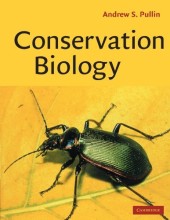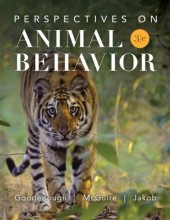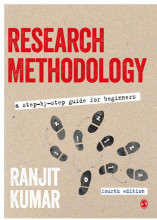Summary: Intro, Theory And Cbnrm
- This + 400k other summaries
- A unique study and practice tool
- Never study anything twice again
- Get the grades you hope for
- 100% sure, 100% understanding
Read the summary and the most important questions on Intro, theory and CBNRM
-
1 Management options
-
Which management options are available for natural area's?
1. Protected area outreach (fences & fines)
2. Community based natural resource management (CBNRM)
3. Co-management
4. Eco-regional planning -
Which factors shape management options?
-What is nature to be saved from?
-By whom should it be saved?
-How and where should it be saved?
-How and by whom will gains and setbacks be assessed. -
2 Social theory in human-environment relations
This is a preview. There are 4 more flashcards available for chapter 2
Show more cards here -
What influences the relative importance of what is examined and why it is examined in human-environment relations (HER)?
-Perspective
-Ontology
-Epistemology
-Methodology -
What is meant with a paradigm or perspective?
Basic beliefsystem that guides disciplined inquiry -
Which three fundamental qualities are involved in the classification of perspectives?
ontology, epistemology, methodology -
What is the influence of research perspectives and paradigms on HER?
-Driver in theoretical, political and ideological debates regarding HER -
What is meant with the spiraling of research cores?
A proces in which research perspectives shape major core theories, however they seldomly completely replace these core theories. -
What characteristics do the two axes of research spirals contain?
C-axis (vertical)- time and data/evidence
B-axis (corner point) - problem interest
A-axis (horizontal) - Perspectives of understanding -
When do new theorietial cores/ research approaches arise?
- When limitations of a core theory are fully exposed through a critical perspective. (Tunneling)
- When the nature of the human-environment problems changes -
What does Turner mean when he talks about "bridging" in the article?
The connection between research cores through which the evidence and and insights of the other core are used to gain a richer understanding and sometimes solve problems.
- Higher grades + faster learning
- Never study anything twice
- 100% sure, 100% understanding































